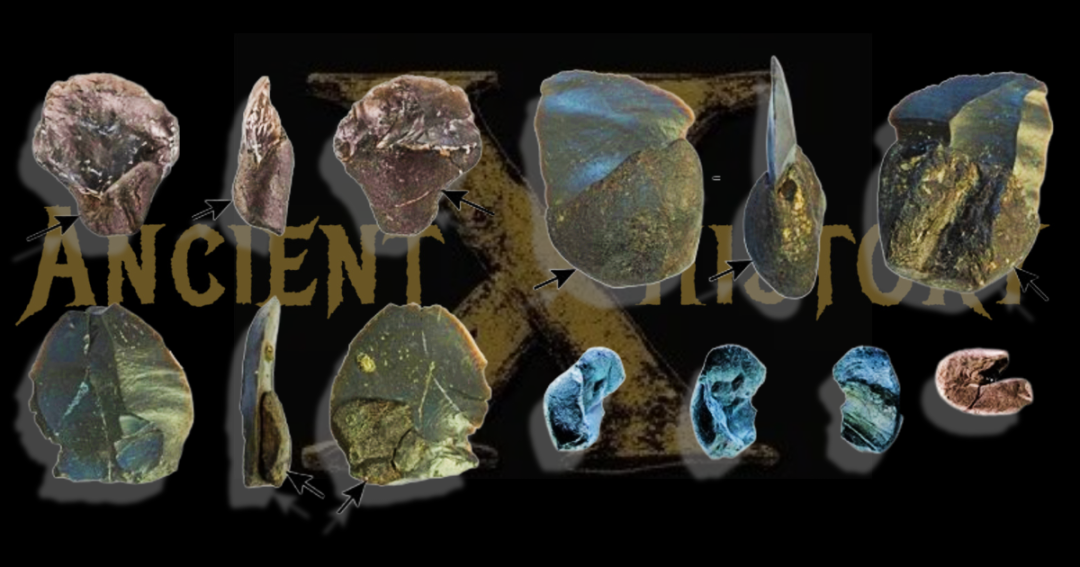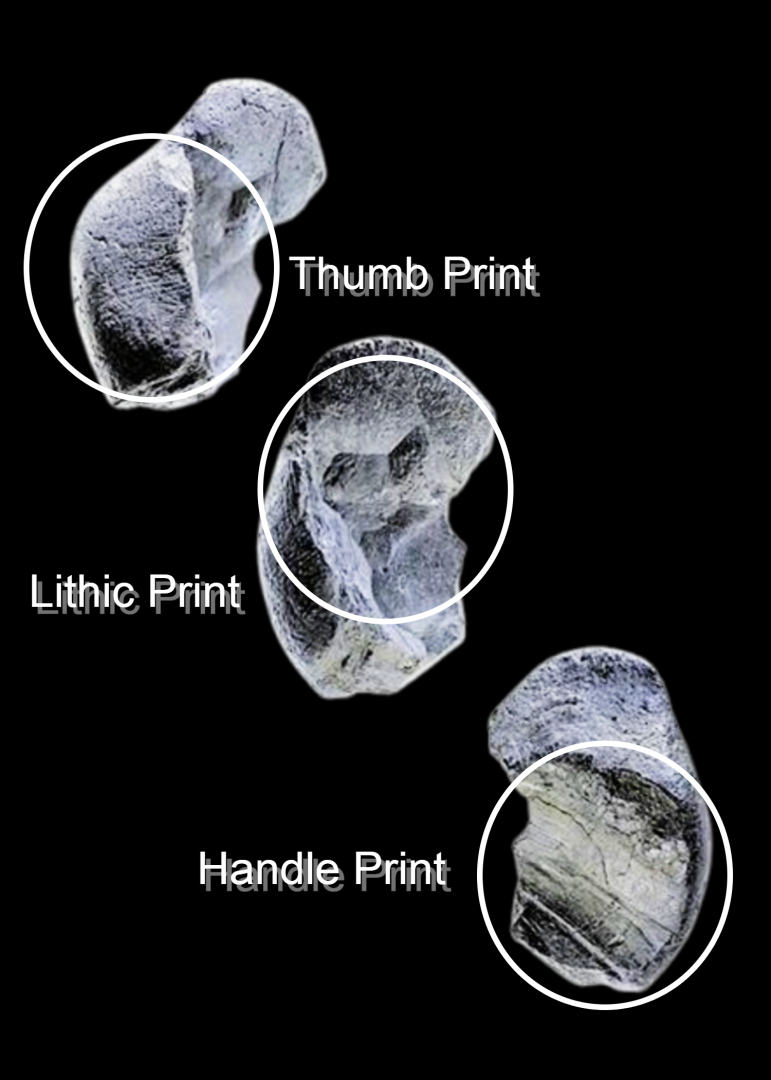In the annals of human evolution, Neanderthals often get a bad rap as the brutish cousins of modern humans. Yet, archaeological discoveries reveal a sophisticated side to these extinct hominins. Particularly in their mastery of birch bark pitch, a tar-like adhesive that revolutionized their toolmaking and survival strategies. This sticky substance, produced through a remarkable understanding of fire and natural materials, offers a window into Neanderthal ingenuity. Challenging outdated stereotypes and highlighting their technological prowess.

What is Birch Bark Pitch?
Birch bark pitch, also known as birch tar, is a dark, viscous adhesive made by heating the bark of birch trees (Betula species) in a controlled, oxygen-limited environment. The process, known as dry distillation, extracts a sticky residue that hardens when cooled. The resultant adhesive is ideal for binding stone tools to wooden handles (hafting) or creating grips. Unlike simpler resins, birch tar requires deliberate processing. One that showcases a level of planning and material knowledge. Revealing a significant technological achievement.
Birch Bark Extraction
The methods vary in complexity, but even the simplest demonstrate Neanderthal knowledge of fire control and material properties. The choice of method likely depended on environmental conditions, resource availability, and the intended use of the tar.
- Open-Air Condensation: A simple technique involves burning birch bark near a vertical stone surface, allowing tar vapors to condense and drip onto a collector. Experiments show this method produces usable tar in just three hours, requiring minimal setup.
- Ash Mound or Pit Roll: Bark rolls are placed in a pit or covered with ash, heated by an overlying fire. This method yields tar with moderate effort, feasible with Paleolithic tools.
- Raised Structure: Bark is heated in a raised container (e.g., a bark or stone structure), with tar dripping into a lower collector. This balances simplicity and efficiency.
- Underground Distillation: More complex methods involve burying bark rolls or containers under a fire, requiring precise temperature control and planning. Evidence from Zandmotor suggests such high-yield techniques were used in some contexts.
Why Birch Tar? The Advantages
Birch tar was a game-changer for Neanderthals. Its adhesive strength, tested in modern experiments, rivals or surpasses other natural glues like pine resin or beeswax. Key benefits include:
- Hafting Efficiency: Birch tar securely bound stone tools to handles, enabling more effective cutting, scraping, and hunting tools. This improved leverage and precision, critical for survival.
- Versatility: Tar could be applied as a grip on small tools (e.g., the Zandmotor flint) or potentially used for waterproofing hides or repairing objects.
- Durability: Unlike resins, birch tar resists moisture and temperature changes, making it ideal for the variable climates of Ice Age Europe.
The preference for birch tar over simpler alternatives underscores Neanderthal pragmatism and material expertise, as they selected a high-performance adhesive suited to their demanding lifestyle.
Cognitive and Cultural Implications

While some debate whether tar production demanded “modern-like” cognition, the process undeniably reflects a sophisticated understanding of the natural world. The Königsaue thumbprint, a tangible mark of a Neanderthal’s hand, humanizes this achievement, connecting us to an individual who shaped their world with skill and purpose.
The production and use of birch tar reveal much about Neanderthal minds. Creating tar required:
- Planning: Harvesting specific bark, preparing tools, and managing fire suggest foresight and sequential thinking.
- Knowledge Transmission: The consistency of tar use across millennia and regions implies cultural traditions, with techniques passed down through generations.
- Adaptability: Using tar in diverse environments, from Mediterranean Italy to glacial Doggerland, shows Neanderthals tailored their technology to local challenges.
A Sticky Legacy
Birch bark pitch is more than an archaeological curiosity—it’s a testament to Neanderthal innovation. This adhesive enabled them to craft composite tools, hunt effectively, and thrive in harsh environments, contributing to their survival for hundreds of thousands of years. As researchers continue to uncover new evidence and refine experimental techniques, our understanding of Neanderthal technology deepens, painting a picture of a people far more capable than once thought.
Next time you handle a glued object, consider the Neanderthals who, hundreds of thousands of years ago, harnessed fire and bark to create something sticky, strong, and enduring.
Sources:
- Koller, J., et al. (2001). European Journal of Archaeology, 4(3), 385–397. DOI: 10.1179/eja.2001.4.3.385
- Mazza, P. P. A., et al. (2006). Journal of Archaeological Science, 33(9), 1310–1318. DOI: 10.1016/j.jas.2006.01.006
- Niekus, M. J. L. T., et al. (2019). Proceedings of the National Academy of Sciences, 116(44), 21966–21974. DOI: 10.1073/pnas.1907828116
- Kozowyk, P. R. B., et al. (2017). Scientific Reports, 7, 8033. DOI: 10.1038/s41598-017-08106-7
- Schenck, T., & Groom, P. (2018). Archaeological and Anthropological Sciences, 10, 19–29. DOI: 10.1007/s12520-016-0327-y

